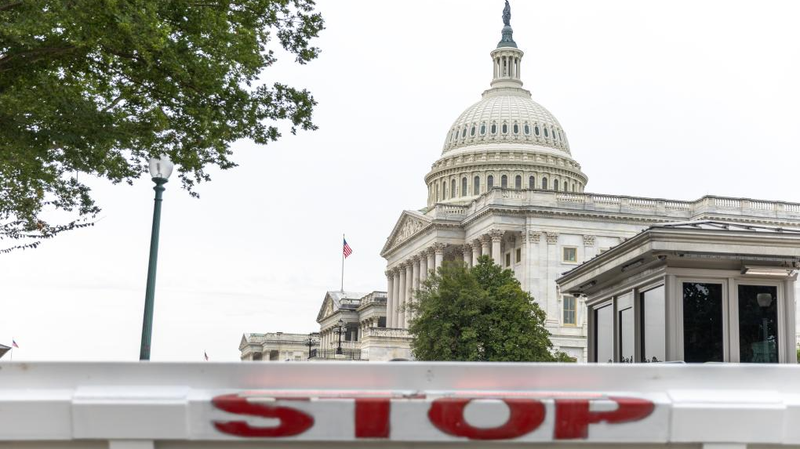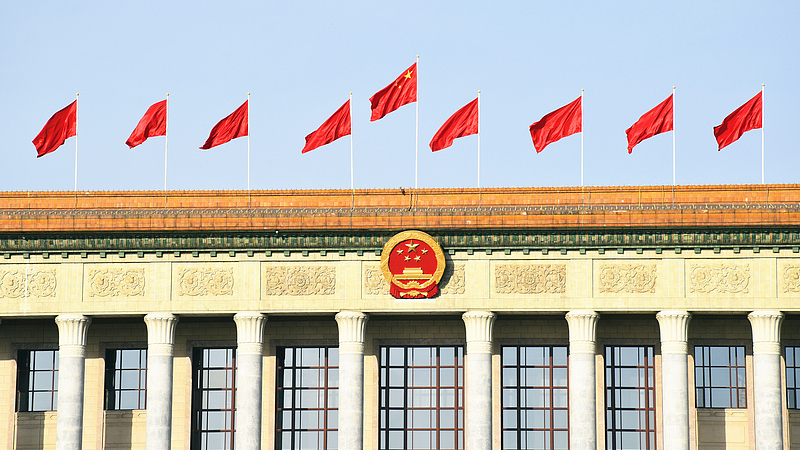Hey news fans! 🎬 The U.S. government hit pause when Congress couldn’t agree on a stopgap funding bill by September 30. That means essential services, furloughed federal workers, and public programs are on hold. 😬
Since the 1970s, Washington has played out this shutdown saga over 20 times—more like a recurring series than a one-off event. Instead of fixing issues, budget talks have turned into partisan showdowns, with both sides treating spending bills as bargaining chips. ♟️
What’s new this round? The White House has told agencies to prepare for layoffs, breaking from decades of only furloughing “non-essential” staff. That puts everything from federal loans to nutrition assistance and national parks at risk. 🏞️💸
📊 The economic toll is real: the record 35-day shutdown in 2018–2019 shaved about $3 billion off U.S. GDP for good. Every week of closure can trim growth by roughly 0.2%. Beyond the stats, families miss paychecks, small businesses lose loan access, and communities near closed parks lose tourism dollars. 💔
Young investors and entrepreneurs feel the shockwaves in markets, university students see this as a live case study in politics, and travelers watch national landmarks close just as they plan their trips. ✈️📚
What’s wild is how this drama has become routine. Instead of working together, politicians focus on scorekeeping and blame games. For global news enthusiasts and the Asian diaspora watching from afar, it’s a reminder that even superpowers can stumble over budget battles. 🤔
The remedy? Congress needs to pass funding and reopen the government—fast. Until then, the shutdown stays on air, proving that political brinkmanship has real-life costs today and shapes tomorrow’s headlines. Stay tuned for the next episode! 🚀
Reference(s):
cgtn.com




